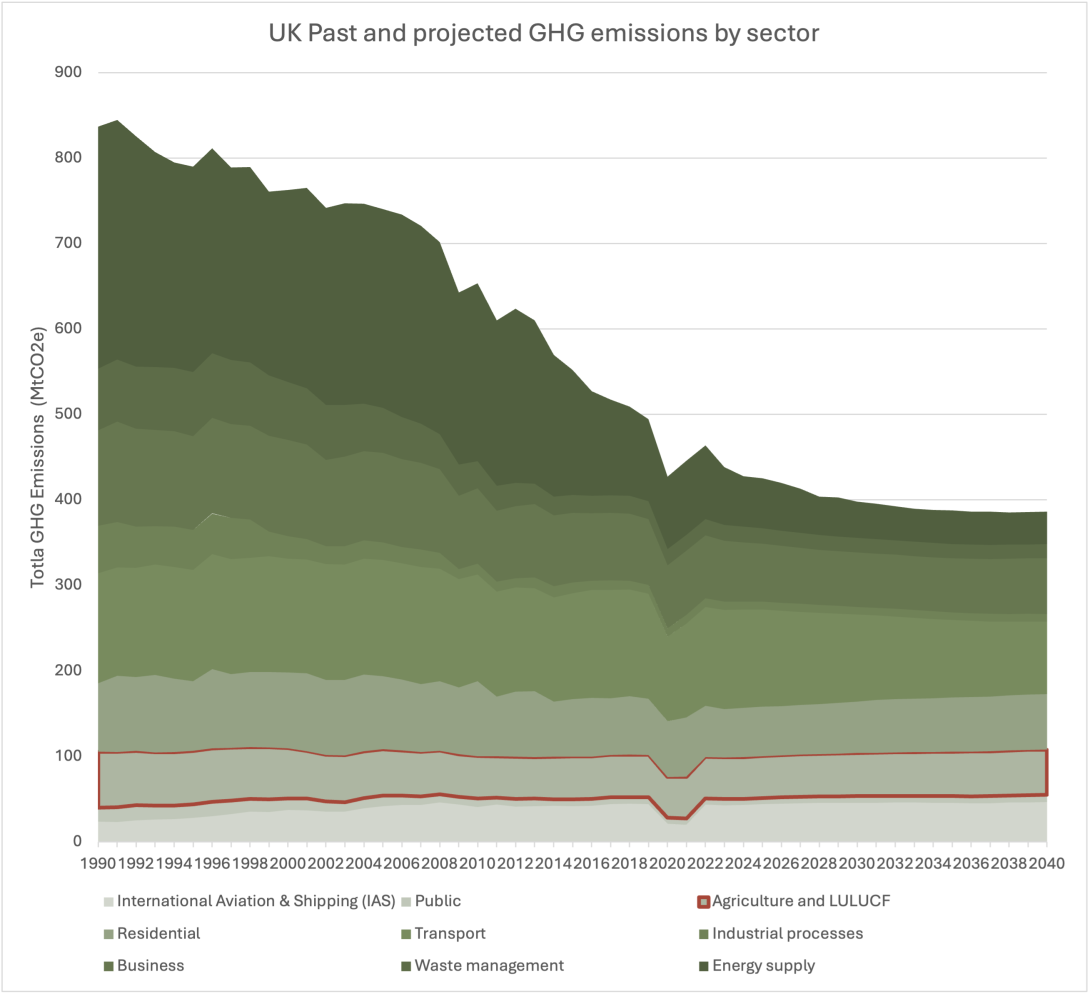The role of Land Use in Net Zero
The term ‘land use’ refers to all the ways in which humans use, manage and modify the land around them. It covers a broad range of cultural and socio-economic functions and needs: farming and forestry, residential, industrial and commercial use, recreation and conservation.
Because available land is limited, accommodating these different, often competing needs at once is one of the critical socio-economic policy challenges of our time: How much land needs to be dedicated to growing food? How much to housing? How much to recreation and green energy production?
The biodiversity and climate crises have made this challenge of land use both more urgent and more complex. In fact, land use is different from other sectors because it has the capacity to both increase and decrease the amount of carbon in the atmosphere. Draining peatlands, deforestation and ploughing grassland to grow crops all generate greenhouse gas emissions and decrease the carbon sink, while actions such as planting trees or converting arable land into grassland have significant potential to remove CO2 from the atmosphere and enhance the carbon sink.
Despite this, as it currently stands land use emissions are set to increase rather than decrease between now and 2040, based on current practice (figure below). This is in contrast with emissions from other sectors like energy and transport which are already showing reductions against the 2040 target.
Achieving ambitions for land use, energy production, food security and housebuilding is a priority for the UK government and devolved administrations using a range of policy tools and mechanisms in parallel with market forces. Decisions must reflect and embrace the unique circumstances of the UK – its farming industries, landscapes, climate, soil type – even culture.
Central to achieving these goals will be the need for a multifunctional approach to land use that considers all the possible products and services land can provide simultaneously. This means solutions will be needed that provide a suite of benefits including carbon sequestration, food production and biodiversity habitat.
Many of these decisions have obvious and tangible consequences for the people of the UK in their day to day lives, directly or indirectly impacting many prevailing political issues – housing availability, food and energy prices, clean air and water – even dietary choices and access to recreational space.
The LUNZ Hub aims to support them in this process and understand how the desired change can be achieved, and predict impacts across multiple environmental, societal and economic objectives.
This graph demonstrates the limited progress to date the agriculture and land use sector has made on reducing carbon emissions in comparison to other UK sectors. It also shows highlights an increase in agriculture and land use emissions from 2024 to to 2040, as is projected based on current policies.

Past and predicted GHG emissions by sector (Energy and emissions projections: Department for Energy Security and Net Zero, 2023)
Subscribe to our Newsletter
A quarterly update of all LUNZ Hub activities, events and news stories.
